BASF builds its Battery Materials capabilities with the purchase of Merck’s electrolytes business.
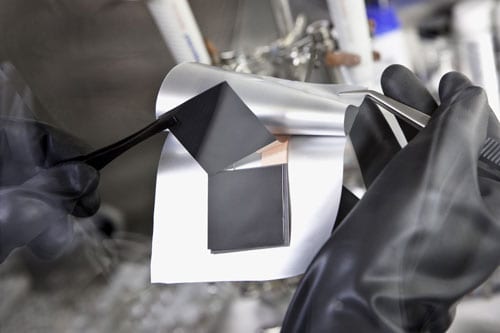

BASF builds its Battery Materials capabilities with the purchase of Merck’s electrolytes business.
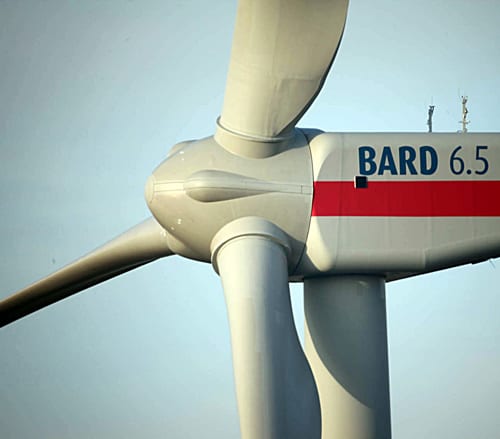
BARD is testing two prototypes of its new 6.5 megawatt class. The official beginning of the certification tests is scheduled for the end of February 2012.

Offshore wind turbines are exposed to high dynamic loads in a high corrosive environment. A new overview describes the occurring loads and the fatigue resistances of typical offshore support structures.
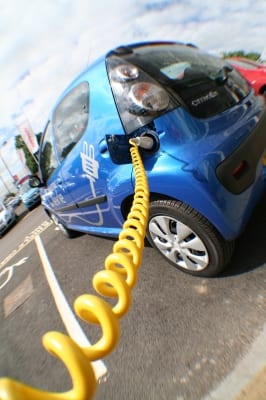
Japanese companies target the future market for Lithium-ion batteries. Kureha, Kuraray, and Itochu jointly developed and commercialized a new hard carbon material called “Biocarbotron”.
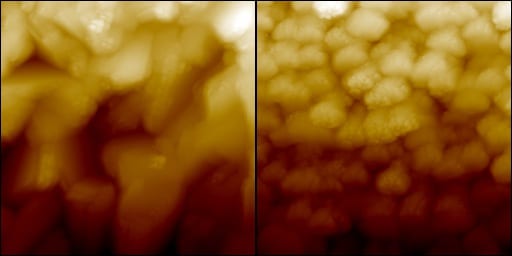
Professor Bruce Clemens and co-workers have shown that the presence of defects in CZTS solar cells brings about an increase in solar cell efficiency, in contrast to the behavior of classic semiconductor materials. This could lead to the developmemt of a commercially-viable solar cell made of earth- abundant raw materials.
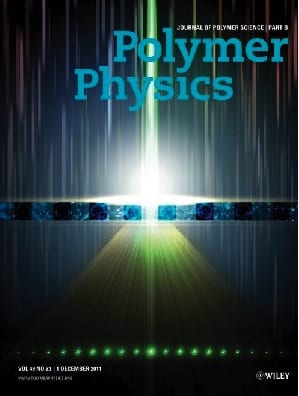
It’s a fascinating time for polymer science in fields as diverse as energy generation, biomedical applications, and nanotechnology.
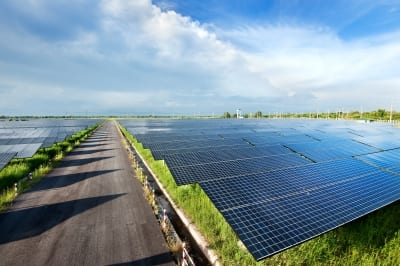
Understanding structure-property correlations can be helpful in gaining higher efficiencies in polymer solar cells.
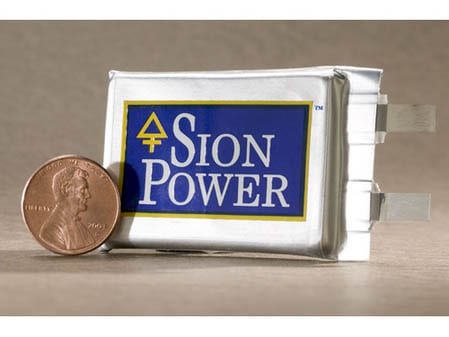
BASF today announced a $50 million investment in Sion Power, the global leader in the development of lithium-sulfur (Li-S) batteries.
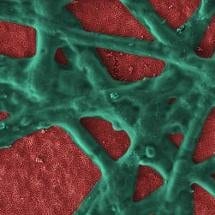
Photosynthesis is considered the "Holy Grail" in the field of sustainable energy generation because it directly converts solar energy into storable fuel using nothing but water and carbon dioxide (CO2). Scientists have long tried to mimic the underlying natural...
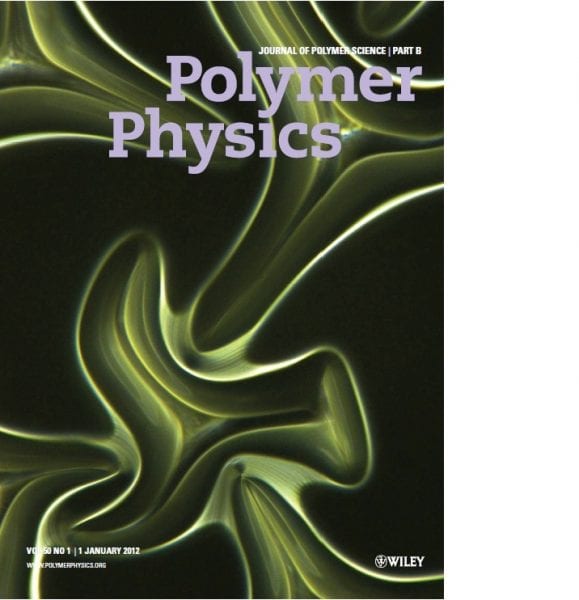
Reviews on all physical aspects of polymer science made a splash in December. Read them for free now!